
Quick Guide To Clays
Juliette van der MeerClays are popular ingredients in the cosmetics world, being extremely versatile and useful in a number of applications. Occurring naturally in the earth, clays are extracted and then purified of any unwanted elements. They are interesting because they can have different mineralogical compositions, colours and properties, depending on the area they come from.
Clays are insoluble but can be mixed with water or water based substances to form a paste which can be applied to the face and body. Clays can also be used in combination with many other ingredients to create an array of interesting products.
Properties of clays include being lightly exfoliating, absorbent, gently cleansing, soothing, regulating sebum and oil production, purifying and tightening. They can assist with skin issues such as acne, eczema and psoriasis, and can even have anti inflammatory and healing properties.
Types Of Clays & Their Properties
Clays are minerals with a planar, sheet-like structure which has space for water molecules to invade. Clays are also negatively charged; so when clay comes into contact with water (positively charged), the clay is activated and turns into charged hydrospheres which can attract impurities, dirt, oil and toxins. While you can mix clay with oil (eg. an anhydrous clay mask), it won't charge the ions and therefore won't have quite the same benefits.
All clays have drawing powers, where they are able to draw or suck impurities from your skin. Some will have stronger drawing powers than others however, so you will need to keep your skin type in mind when choosing the right clay for use.
Let's drill down in some details:
Guide to Kaolin Clays
Kaolin is a light clay that makes a creamy clay paste when mixed with water. It is very versatile and is the most commonly used clay in skincare and makeup. It is particularly recommended for those with dry and more sensitive skin types, but is suitable for all skins. It has a soft and fine texture for gentle cleansing and exfoliation, and has the least swelling and drawing power out of the clays.
Kaolin clays can have different colours due to slightly varying mineral content.
White/plain kaolin clay
- (also known as cosmetic clay or china clay), is composed of kaolinite with trace quartz and mica, and has a pH: 7-8.
Pink kaolin clay
- is a combination of white and red kaolin clays.
It is wonderful for sensitive skins and is highly effective for softening, refining, toning and renewing tired and dull-looking skin. It is also used for its healing action when mixed with herbal infusions or floral waters.
Red kaolin clay
- is slightly stronger than the white and pink varieties, and has a dusty red appearance.
It makes a useful natural colourant in soaps. It is composed of kaolinite and illite, and has a high silica content.
Green kaolin clay
- consists of montmorillonite and illite clay minerals.
It has a pH of 8-9 and like the pink kaolin, is great for sensitive and combination skin types.
Guide to Bentonite Clays
Bentonite clays are composed of volcanic ash sediments and the clay mineral montmorillonite. Bentonite clay is known for its swelling and absorbent properties, where it expands when mixed with water, and contracts when the water evaporates (which is why your skin can feel tighter as a clay mask dries). This clay is very popular for facial masks, foot baths, or bath soaking blends. It is also commonly found in cat litter!
Bentonite is a creamy but strong clay. It is great for normal, combination and oily skin types.
Like the kaolins, the bentonites can also come in different shades. We have a green clay and an off white clay.
Bentonite healing clay
Bentonite healing clay is one of our best sellers and is useful for treating problem skin. It has a pH: 9.13 so is best combined with something slightly acidic to bring down the pH to a more skin friendly level. It is an off-white colour. This clay is also food grade so may be ingested for its toxin-absorbing and cleansing properties.
Green bentonite clay
Green bentonite consists mostly of the mineral montmorillonite and has a pH: 8-10.5.
Guide to Rhassoul Clay
Also known as Moroccan clay, rhassoul clay has been used for centuries as a cleanser and skincare ingredient. It is only mined in Morocco and consists of silica, magnesium and other trace elements. It can come in chunks, but the powder is easier to work with. It has a brown, reddish colour and a pH: 6-9. It is a medium strength clay and has some swelling properties, making it suitable for all skin types.
Rhassoul clay is popularly added to shampoos and shampoo bars because of its moisturising and conditioning properties. It is gently exfoliating and can even help with dandruff.









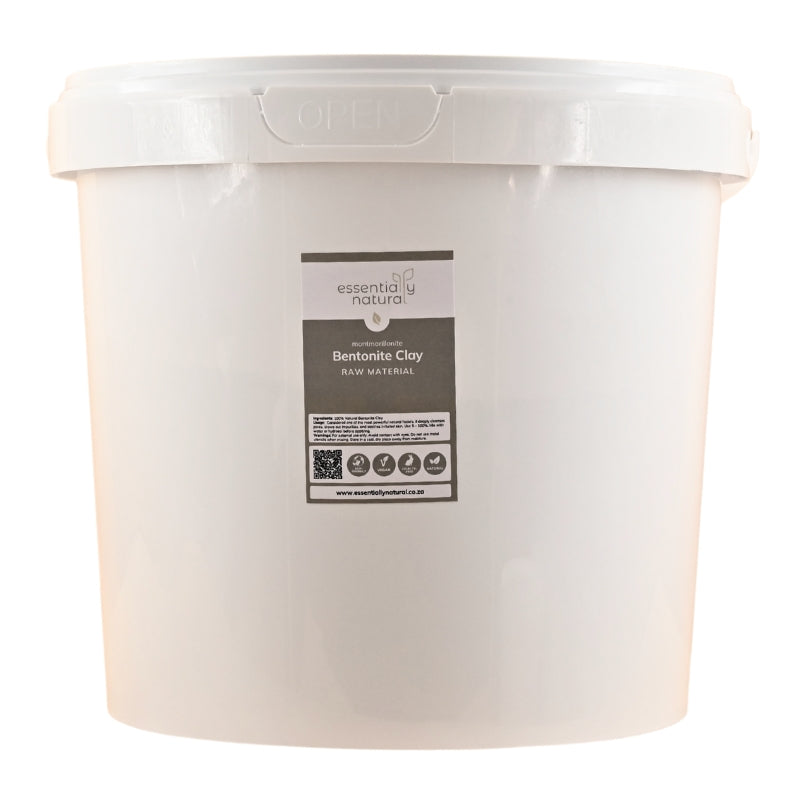
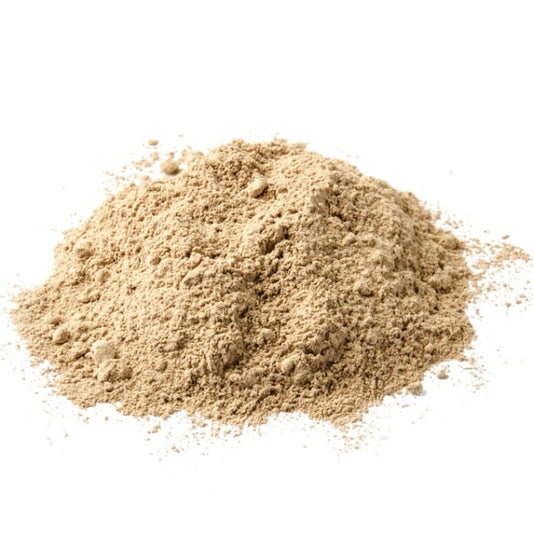
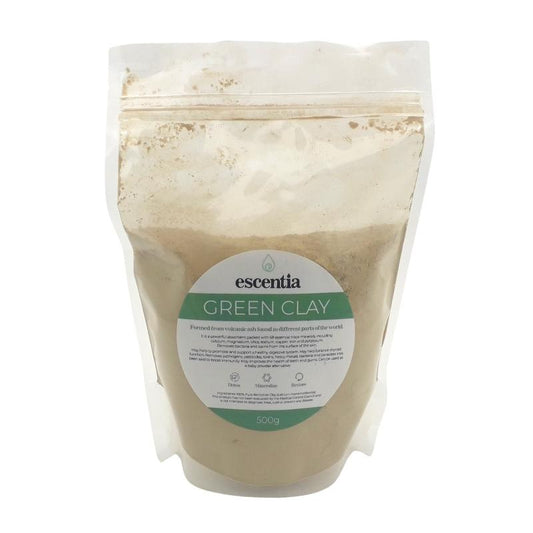
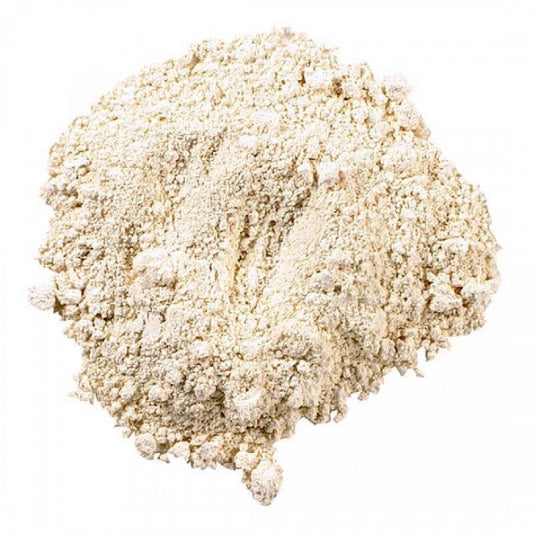
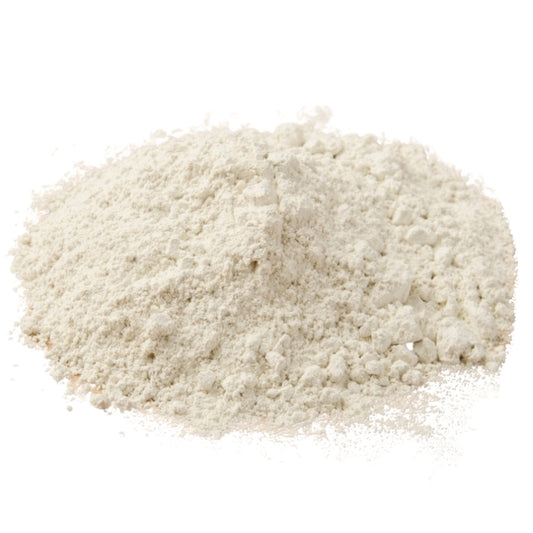
















5 comments
Hi Sharifa, I haven’t personally done this as I prefer clays in masks and not leave-on products. I imagine the clay may leave a cast on the skin. But feel free to experiment!
Hi, can I add a clay like kaolin clay to a homemade lotion recipe?
Hi Vanessa, sure, but keep in mind that clays are activated by water not oil :)
Hello
Can I mix kaolin clay and few drops of rosehip, preserve on a hermetic container?
Can BENTONITE HEALING CLAY be used as the basis for psoriasis treatment